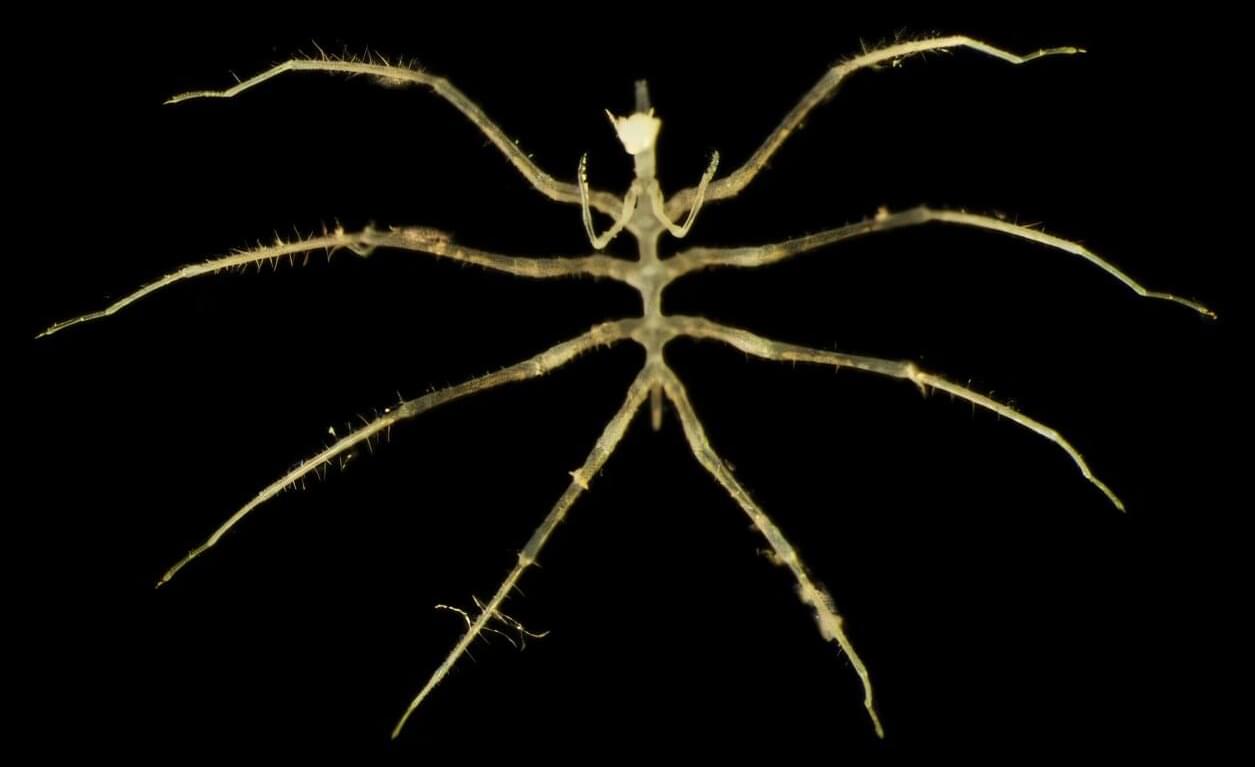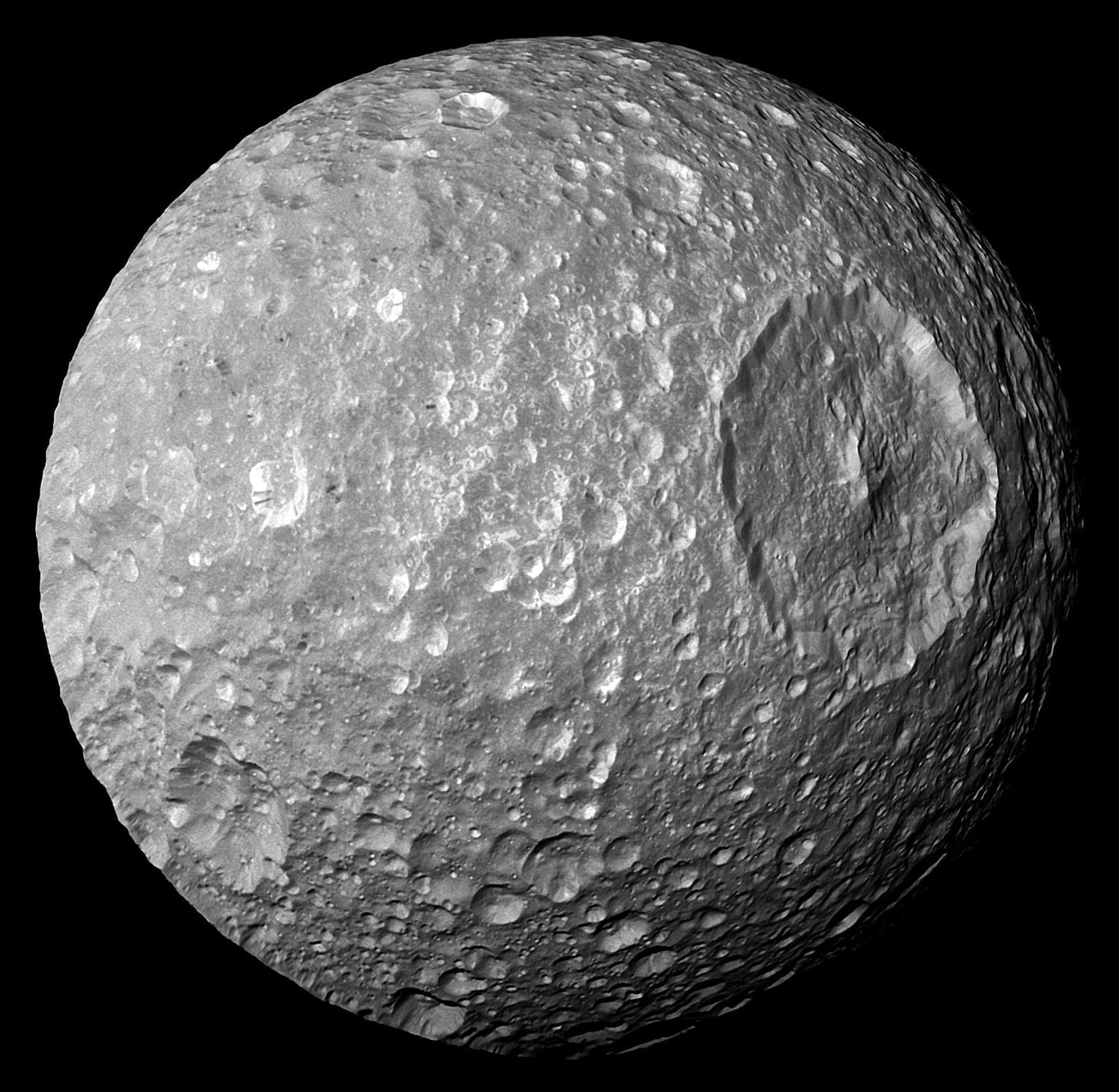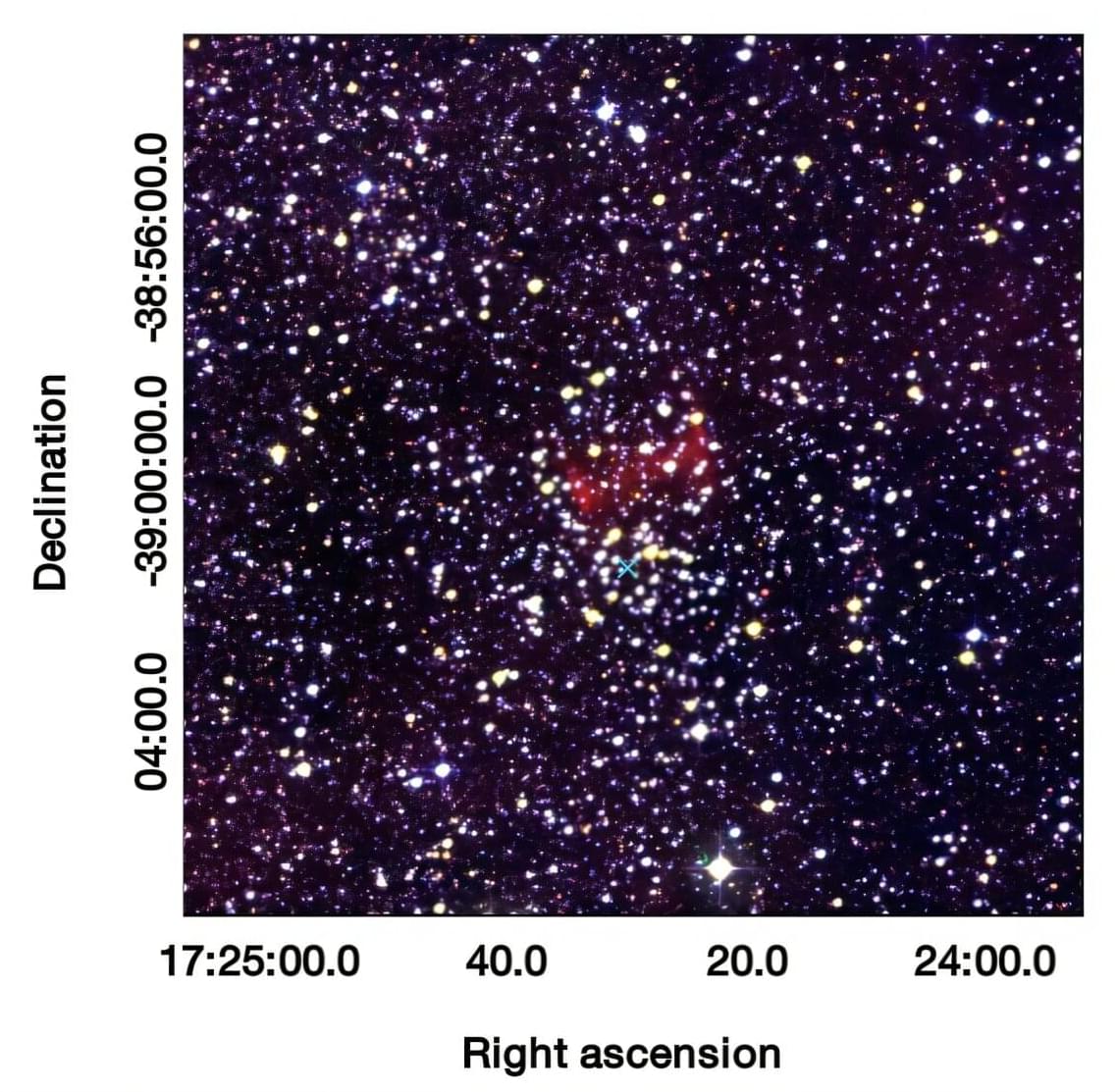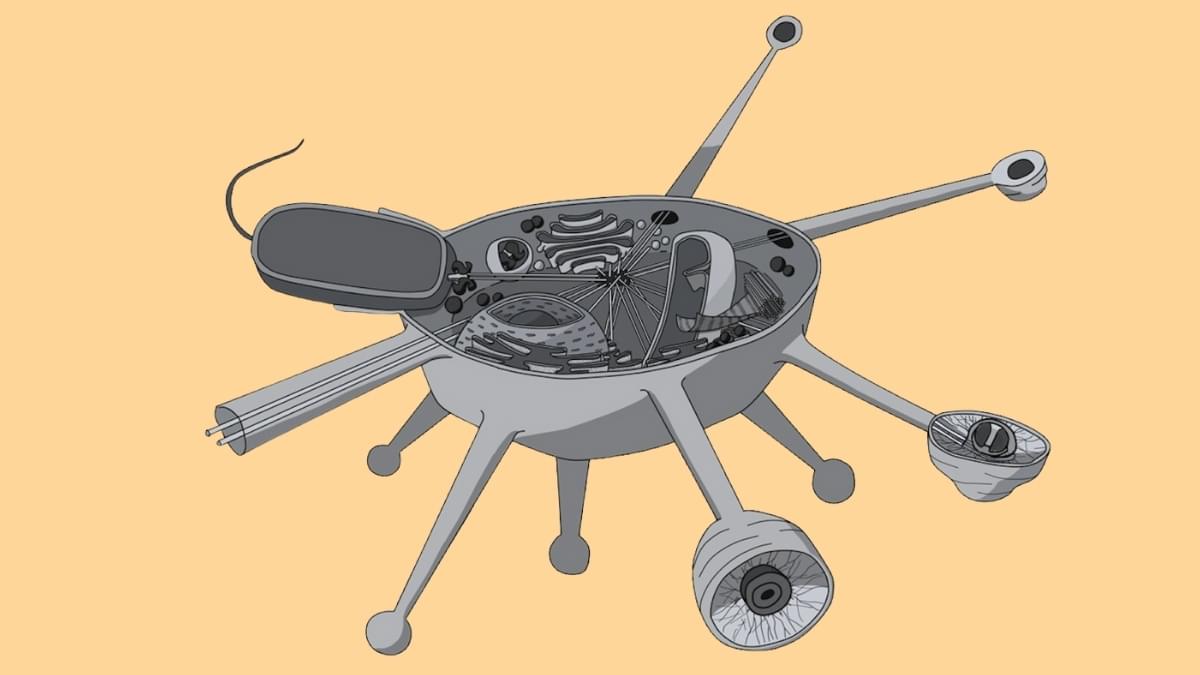Dmitrii Evdokimov has offered a comprehensive breakdown of the evolution of in-game cinematics, walking us through their history from Final Fantasy and Alone in the Dark to modern games and outlining the techniques used in each period.
Category: evolution

Study finds virus ‘socializing’ influences effectiveness of antiviral drugs
Interactions among viruses can help them succeed inside their hosts or impart vulnerabilities that make them easier to treat. Scientists are learning the ways viruses mingle inside the cells they infect, as well as the consequences of their socializing.
Ph.D. student Alexander J. Robertson in the Molecular & Cellular Biology program at the University of Washington is among those scientists.
“I study the evolution of antimicrobial resistance through mechanisms which require interaction between microbes,” he explained.

New deep-sea species discovered during mining test
There is high global demand for critical metals, and many countries want to try extracting these sought-after metals from the seabed. An international study, which has discovered large numbers of new species at a depth of 4,000 meters, shows that such mining has less of a negative impact than expected. However, species diversity declined by a third in the tracks of the mining machine.
In a major research project, marine biologists from several countries have attempted to map life in one of the least explored places on Earth: the deep-sea floor of the Pacific Ocean.
The study, published in Nature Ecology and Evolution, would not have been possible without significant commercial and geopolitical interest in the area.

Boiling oceans may lurk beneath the ice of solar system’s smallest moons
The outer planets of the solar system are swarmed by ice-wrapped moons. Some of these, such as Saturn’s moon Enceladus, are known to have oceans of liquid water between the ice shell and the rocky core and could be the best places in our solar system to look for extraterrestrial life. A new study published Nov. 24 in Nature Astronomy sheds light on what could be going on beneath the surface of these worlds and provides insights into how their diverse geologic features may have formed.
“Not all of these satellites are known to have oceans, but we know that some do,” said Max Rudolph, associate professor of earth and planetary sciences at the University of California, Davis and lead author on the paper. “We’re interested in the processes that shape their evolution over millions of years and this allows us to think about what the surface expression of an ocean world would be.”
How geology works on icy moons From mountains to earthquakes, Earth’s surface geology is powered by the movement and melting of rock deep inside the planet. On icy moons, geology is driven by the action of water and ice.

A Mysterious Bridge Between Life and Death
How does the discovery of the third state challenge traditional definitions of life and death, and what implications does this have for our understanding of biology? In what ways could the third state revolutionize medical treatments, and what ethical considerations might arise from using postmortem cells for therapeutic purposes? What role might the third state play in the evolution of life, and how could this influence the way we study and interpret changes in living organisms over time? Using these questions as inspiration, create a detailed essay exploring the scientific, medical, and philosophical implications of the third state. Once completed, share your essay to discuss your insights with us!

Bipolar planetary nebula reveals rare open cluster association
By analyzing the data from the SuperCOSMOS Hα Survey (SHS) and from the Gaia satellite, astronomers have inspected a bipolar planetary nebula designated PHR J1724-3859. Results of the study, published Nov. 19 on the arXiv pre-print server, deliver crucial insights into the properties of this nebula.
Planetary nebulae (PNe) are the final stages of evolution of low-to-intermediate mass stars. They are expanding shells of gas and dust that have been ejected from a star during the process of its evolution from a main sequence star into a red giant or white dwarf. PNe are relatively rare, but important for astronomers studying the chemical evolution of stars and galaxies.

Crowded Cosmic Regions Slow Galaxy Growth
“Our upbringing and environment influence who we are,” said Dr. Luke Davies. “Someone who has lived their whole life in the city may have a very different personality compared to someone who lives remotely or in an isolated community. Galaxies are no different.”
How does galaxy location drive galaxy structure and star formation? This is what a recent study published in the Monthly Notices of the Royal Astronomical Society hopes to address as a team of scientists investigated the interaction between galaxy location and evolution. This study has the potential to help scientists better understand galaxy formation and evolution, including stars and planets within them.
For the study, the researchers conducted the first study with the Deep Extragalactic Visible Legacy Survey (DEVILS) survey using the Anglo-Australian Telescope’s AAOmega spectrograph, the latter of which is located at Siding Spring Observatory in Australia. The goal of the study was to use DEVILS to add to the existing catalog of galaxy populations based on their speed traveling away from us, also known as redshift. In contrast, blueshift happens when an object is moving towards us.
In the end, the researchers found that galaxies that are clustered together, or more densely packed, result in slower growth and evolution compared to galaxies that are spread apart. The researchers used the analogy of city centers compared to more rural areas. Essentially, a galaxy’s location potentially determines its evolutionary fate.

Newly Discovered Organism Could Represent a Whole New Branch in The Tree of Life
It’s not every day that biologists announce an entirely new branch of life, and this one has been hiding under their noses for years.
It was discovered hiding in a lab sample of marine ciliates scientists had been tending to since collecting them from Croatian waters in 2011. But it wasn’t until the ciliates suddenly died that this new, tiny creature, which scientists have named Solarion arienae, came into view.
“This organism allows us to look into a very ancient chapter of cellular evolution that we previously could reconstruct only indirectly,” say protistologists Ivan Čepička and Marek Valt, from Charles University in the Czech Republic, lead authors of the study.

Why Do We Have a Consciousness?
What does it mean that we have consciousness — and why does nature care that we do? In a remarkable new convergence of philosophy, psychology, and comparative neuroscience, researchers at Ruhr University Bochum argue that consciousness is not a mysterious luxury, but a powerful evolutionary adaptation.
According to their analysis, conscious experience first emerged as a mechanism of basic arousal — a primordial alarm system to protect living organisms from immediate danger. ([RUB Newsportal][1]) As evolution proceeded, consciousness evolved further: general alertness enabled organisms to filter through overwhelming flows of sensory data, focus selectively, and detect complex correlations — a capacity indispensable for learning, planning, and survival in a dynamic world.
Finally, in some lineages including our own, a third layer arose: reflexive, self-consciousness. This allows us not only to perceive the world, but to perceive ourselves — our bodies, thoughts, sensations — across time. With it comes memory, foresight, self-awareness, and the ability to integrate personal history into projects and social lives.
What is especially striking: these researchers show that consciousness need not depend on a “human-style” cortex. Studies of birds — whose brain architecture is very different from mammals — reveal comparable functional capacities: sensory awareness, integrated information processing, and even rudimentary forms of self-perception. ([RUB Newsportal][1]) This suggests that consciousness, far from being a human special-case, may be a widespread evolutionary solution — one that can arise in diverse biological substrates when the right functional constraints are met.
In this light, consciousness emerges not as an ineffable mystery or a metaphysical afterthought, but as a natural phenomenon with concrete functions: for feeling, for alertness, for learning, for self-representation. Understanding it may not only tell us who we are — but also why it ever made sense for life to become conscious.
Press Release: Ruhr University Bochum

Brain’s GPS hasn’t changed in millions of years: Specialized neurons may be vital to evolutionary survival
The same brain cells linked to disorientation in Alzheimer’s disease have been preserved—and even slightly increased—across millions of years of evolution.
A new University of Michigan study suggests these neurons are vital to evolutionary survival. Nature has guarded and amplified them through countless generations, helping mammals instinctively know where they are in their environments. The research is published in The Journal of Neuroscience.